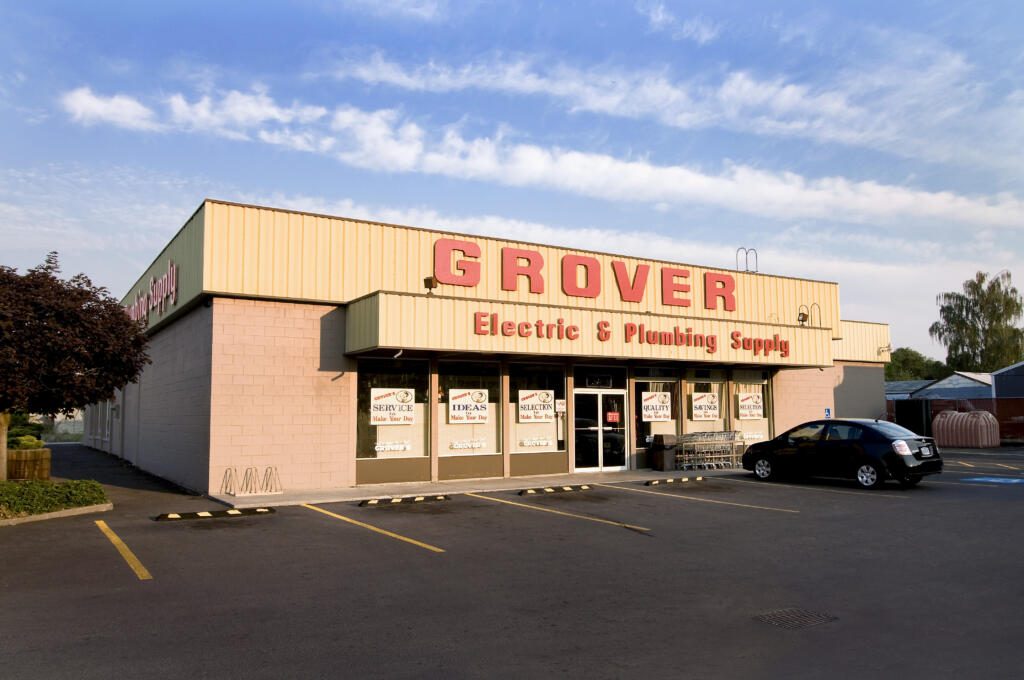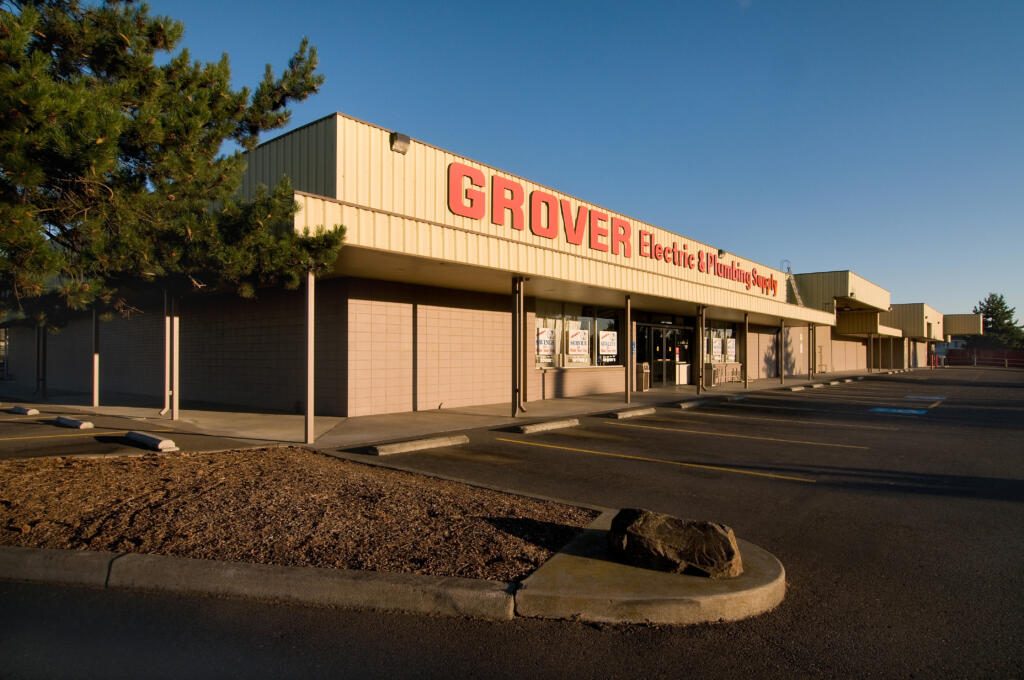The Basics of Effective Home Lighting
Understanding the distinct types of lighting can be helpful when planning your space. A lot of guides or walkthroughs will use these terms, so it’s nice to brush up.- General or Ambient Lighting: This foundational layer provides a uniform light level throughout a space, making it safe and easy to see and move around. It’s essential for daily activities and sets the tone of the room.
- Task Lighting: This is focused lighting designed to illuminate specific tasks in areas like kitchen counters, desks, or reading nooks. It is brighter and more concentrated, making detailed tasks easier and reducing eye strain.
- Accent Lighting: Used strategically to highlight important features such as artwork, architectural details, or collections, accent lighting creates visual interest and draws the eye to these focal points.
- Safety Lighting: Essential for outdoor spaces, staircases, and hallways, safety lighting prevents accidents by ensuring that obstacles and steps are clearly visible.
- Security Lighting: Positioned around the exterior of your home, security lighting is critical for deterring trespassers and enhancing nighttime visibility. Motion sensors, photocells, and timers enhance their effectiveness and energy efficiency.
Planning Your Home's Lighting
A thoughtful approach to lighting involves several considerations that affect its effectiveness and aesthetic impact:- Functionality: Determining the function of each space helps in choosing appropriate lighting solutions that enhance both the usability and atmosphere of the room.
- Color and Texture: The colors and materials used in your home can affect how light is absorbed and reflected. Light colors enhance brightness, while dark hues absorb light, necessitating stronger light sources.
- Furniture Placement: The arrangement of furniture plays a crucial role in planning your lighting, especially for task and accent lighting. Proper placement ensures that lighting complements the living environment without causing shadows or glare.
- Special Features: Planning lighting around unique architectural features or prized possessions can transform the character of a room, emphasizing its assets and enhancing its appeal.
Innovative Lighting Options
Grover offers advanced and varied lighting solutions to cater to the diverse needs of modern homes:- Directional Lighting: Such as recessed lights or track lighting systems, these offer versatility and can be adjusted to suit changing lighting needs across different parts of the home. They are ideal for creating zones of light or highlighting decorative elements.
- Decorative Fixtures: The choice of decorative lighting, such as chandeliers and pendant lights, should align with the overall decor style of the home while providing sufficient illumination.
- Ceiling Fans with Lights: These dual-purpose fixtures are perfect for maintaining comfort in changing seasons and add an element of style to rooms while conserving space.
- Energy-Efficient Solutions: Opting for LED lights or energy-efficient fixtures can reduce your home’s energy consumption significantly, offering long-term savings and environmental benefits.
Lighting Fixture Sizing and Placement Chart
| Fixture Type | Sizing the Fixture | Hanging Guidelines |
| Chandelier (Entry/Foyer) | Size based on room dimensions. Example: For a 12' x 15' room (27'), the chandelier should be about 27" in diameter. | Hang at least 7 feet from the floor. Center between the top of the door and the ceiling. If there's a window above the door, center the fixture in the window for exterior visibility. |
| Chandelier (Dining Room) | Consider both room size and table size. The maximum diameter should be about 12" less than the table diameter. | For an 8' ceiling, hang 28"-36" above the table. Add 4" for every additional foot of ceiling height. |
| Wall Lights (Living Areas) | Size by wall width and height. For 8-9 foot ceilings, use sconces that are wider than tall. For taller ceilings, select taller over wider. | Mount approximately 60” from the floor, adjusting based on fixture size and the location of the electrical box. |
| Wall Lights (Bathroom) | Ideal lighting surrounds the mirror. For side lights, use fixtures slightly smaller than the mirror, with multiple bulbs. | Over-mirror lights should be mounted at 78", centered over the sink. Side lights should be mounted at about 60" high. |







